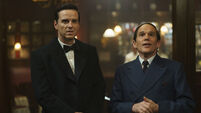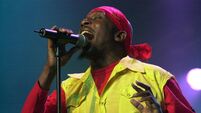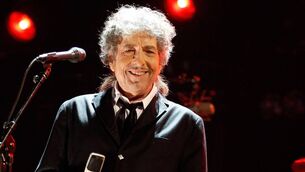Book review: the dichotomies behind painter Francis Bacon's work revealed
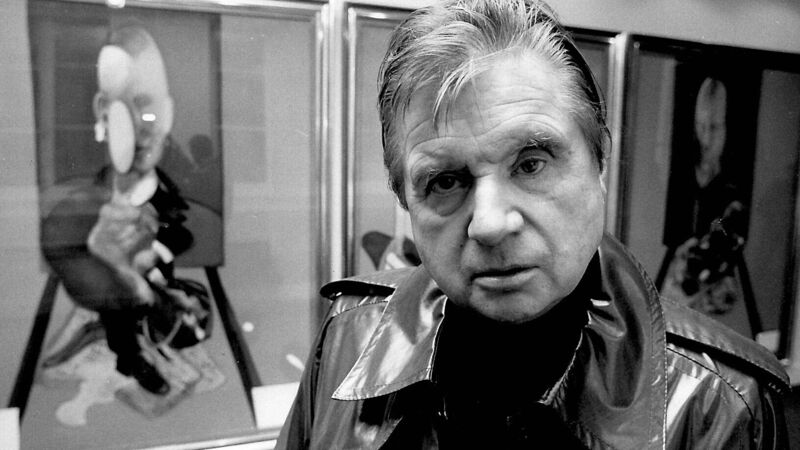
Francis Bacon: a divisive figure in the world of art. Pic: John Minihan
- Francis Bacon: Revelations
- Mark Stevens and Annalyn Swann
- William Collins, hb, €35
ART critic Jonathan Jones asked a blunt question when he saw, in 2015, the exhibition Bacon and the Masters. At the Sainsbury Centre, University of East Anglia, Francis Bacon’s paintings were juxtaposed with works by Picasso, Velazquez and other greats. Jones demanded to know what Bacon had got to offer compared with Matisse and Bernini. I was shocked to read his eviscerating review, in the same way Jones had been when he witnessed the pairings, saying that he could ‘never take Bacon seriously again’.
Since then I have seen works by Francis Bacon, at the Crawford Gallery, Cork in the show Naked Truth: the Nude in Irish Art. One of them, Study for Portrait on Folding Bed depicts Francis Bacon’s lover, Peter Lacy. The painting looked quite impressive in its surroundings but I still had a niggling memory of Jones’s assertion that he could no longer bear to look at Bacon’s art, regarding him as an immoral, morbid imposter of a poseur.
Five years after Jones’s review it is interesting to consider Mark Stevens and Annalyn Swan’s Francis Bacon: Revelations. The husband and wife team from New York portray Bacon’s life and work as an epitome of the twentieth century. They quote the cultural thinker John Berger when he said that ‘the personal drama of an artist reflects, within half a century, the crisis of an entire civilisation’. The biography is published as a companion piece for the exhibition Francis Bacon: Man and Beast which should have opened on 30th January 2021 at the Royal Academy, London. The postponement will give aficionados sufficient time to read and digest Stevens and Swan’s comprehensive account, one that is based on wide-ranging sources including substantial new materials, hundreds of interviews and a dedicated probing of the archives.
Of 850 pages the writers deploy over 700 of evidence and analysis appended by 150 of notes. In addition the type font is the tiniest, I imagine, permitted by law. All this amounts to a mind-bogglingly large number of words. The impressive looking tome, which took a decade to complete, benefits from some glossy colour plates as well as black and white illustrations and photographs. Its authors, experienced critics and writers, won a Pulitzer Prize for their earlier work on Willem de Kooning and so expectations for the couple’s second joint venture into biography run high.
Stevens and Swan do not share the views that Jonathan Jones voiced after his experience at the Sainsbury Centre. They do not regard Francis Bacon as a ‘con artist’. They seem more like a pair of compassionate, but firm, nannies. Bacon would probably have felt comfortable with them since he was so very fond of his own nanny, Jessie Lightfoot. This redoubtable woman not only cared for Francis and his siblings when they were children but became the artist’s companion in the years before her death in 1951.
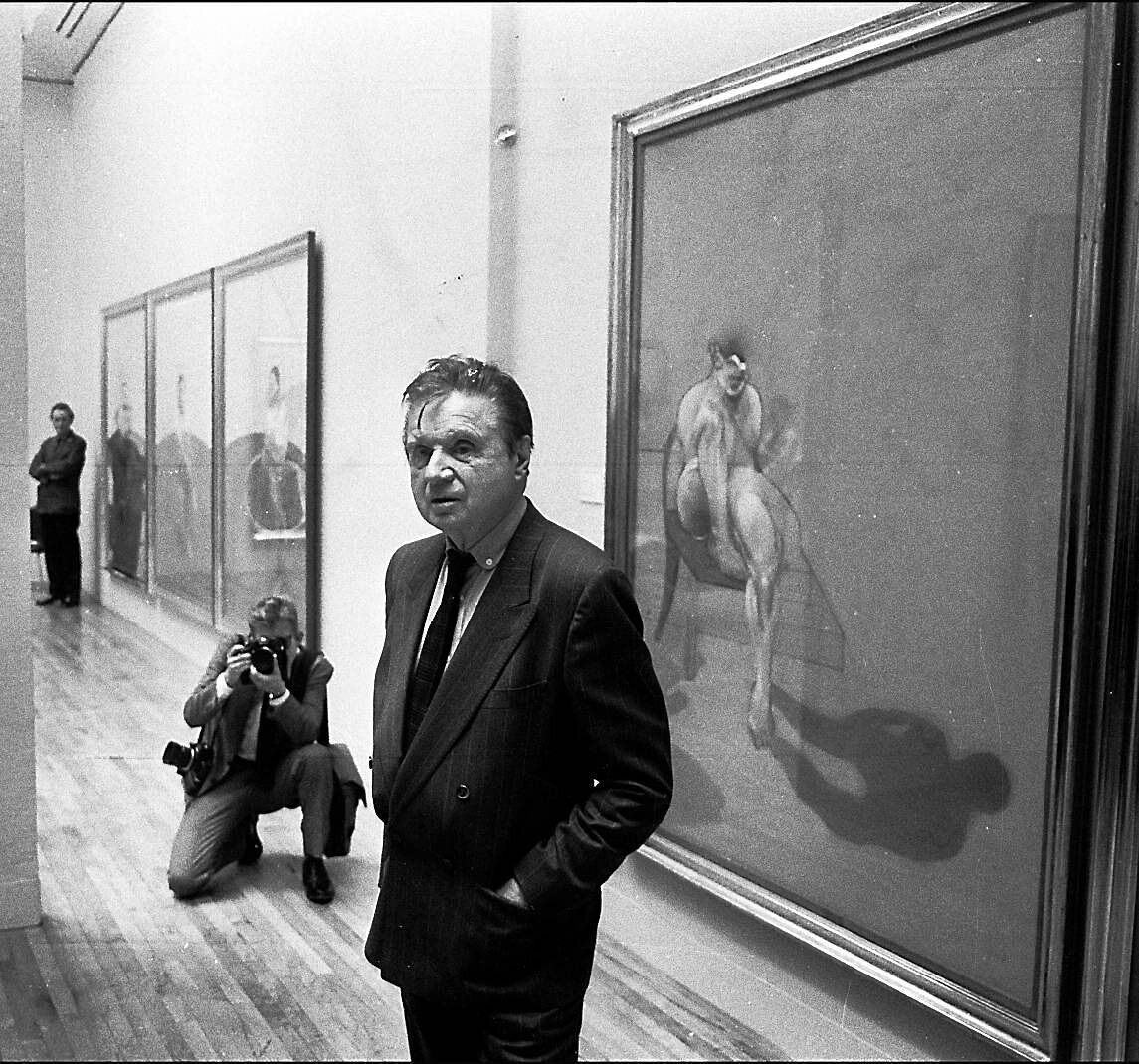
Although Nanny hailed from impoverishment in Cornwall and knew her place, Major Bacon’s family behaved as if they were rich. They had aspirations, if not much money. Then the Major, Eddy, married the moneyed Winnie and they were able to live at Cannycourt, near Kilcullen, Co. Kildare. His second son, Francis, later derided his father calling him a ‘failed horse trainer’. But in 1909, when Francis was born, the family enjoyed the privileges of hunting, shooting and fishing and living a life that was more like that of landed gentry in the eighteenth rather than the twentieth century. Anglo-Irish mores were imbued to such an extent that Bacon, according to his sister Ianthe, professed to be glad that he had been brought up properly. He was in later years always, if he wished to, able to draw on, and display, perfect manners.
There was tension between the Major and Francis. As head of the house, Eddy took responsibility for administering drugs, including morphine, that the child needed for his asthma, but the father regarded his second born as a weakling. He never appreciated his artistic talents and regarded him with at best bemusement and at worst disgust. How could it be that he had emitted from his loins an aesthete, a wearer of hand-made shirts from Jermyn Street, a ‘sodomite’ and a successful artist? As Francis matured he and his mother and maternal grandmother formed a unit excluding his blustering, stern and awkward father.
The structure of Francis Bacon: Revelations is quite witty. Stevens and Swan name the first section ‘I’ and it is here that they cover the formative years of man and artist. Secondly they offer ‘Iconoclast’ and then finish up with ‘Icon’. Within the triptych of titles lies their central point. It is that the ambiguity of attitudes towards Bacon’s personality, the ‘I’, was an enduring dichotomy between abhorrence and rejection vying against adoration and respect.
Stevens and Swan show how these extreme emotions surrounded Francis Bacon throughout his life. They were first apparent to him in his childhood as he weighed his father’s cruelty against the intimacy that he shared with his nanny and his mother. He hated the countryside associated with riding but he was excited by the violence of fox hunting and the sexual attentions of some of his father’s grooms. Later he even admitted to fancying his stiff-collared, thick-necked, erect-postured paterfamilias. Let us hope that Eddy was blissfully unaware of this attraction.
When Bacon’s art emerged into the public eye it was met with similar oppositional reactions. Neither critics nor public could decide what to make of it, not realising, perhaps, that its conception occurred during those early years of Big House ambience with dogs, horses and bleeding carcasses brought home as trophies. The sights and smells emanating from the stable yard and the game room inspired the monstrous images that the canvasses depict.
There are many other biographies of Francis Bacon, some written by friends or acquaintances, others by more objective writers and, of course, there are dozens of books, gallery catalogues and articles discussing his art. None of these can be dismissed as boring because of the sensationalist nature of his work as well as his life.
But Stevens and Swan’s research exposes more. One example is the interview that Annalyn Swan conducted with Barry Joule in 2017. Joule, a friend and handyman, drove Bacon to the airport to catch his last flight: to Madrid where he spent his final days. Joule told Swan that he was to dispose of piles of materials culled from the atelier, what Joule called ‘the final clear-out’. Bacon’s studio, held in Dublin City Gallery – The Hugh Lane, provides one of the most fascinating Bacon resources for art students and culture vultures. But the studio had been sanitised or self- curated by Bacon before it was documented and preserved.
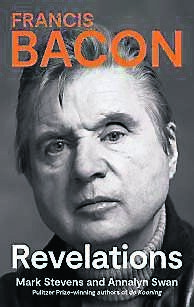
More salaciously Stevens and Swan offer an alternative assessment of Bacon’s relationship with one of his lovers, Peter Lacy. Previously presented merely as violent and destructive their affair is thoroughly explored and detailed in the biography. These revelations are the ones hitting the headlines and, one presumes, bringing in the sales.
There is no need to look further than Jonathan Jones for a summation of Bacon’s work. Only four years after his visit to East Anglia Jones was in London looking at Couplings at the Gagosian Grosvenor Hill Gallery. Using the word ‘sublime’ Jones compares paintings with work by Picasso and Michelangelo. Three months later he was in Paris at the Pompidou Centre attending Bacon en toutes lettres and nominating Bacon for the pantheon of European art, mentioning Velazquez in the same breath and revelling in the ‘great’ painting Two Figures. Jones does not know what he thinks but he is passionate about it either way. Stevens and Swan on the other hand, give thousands of telling details thus providing a definitive and compelling account of Bacon’s life, one which goes a long way towards explaining why his art is so explosive and controversial.
